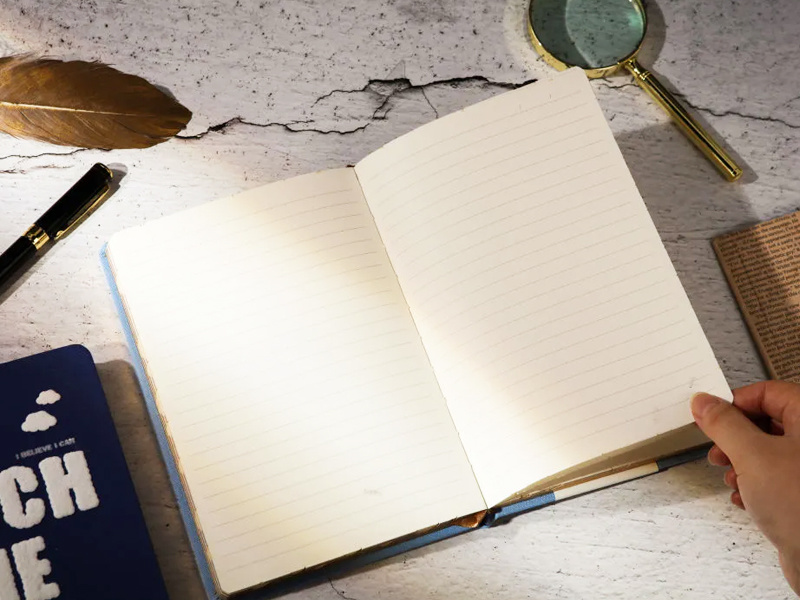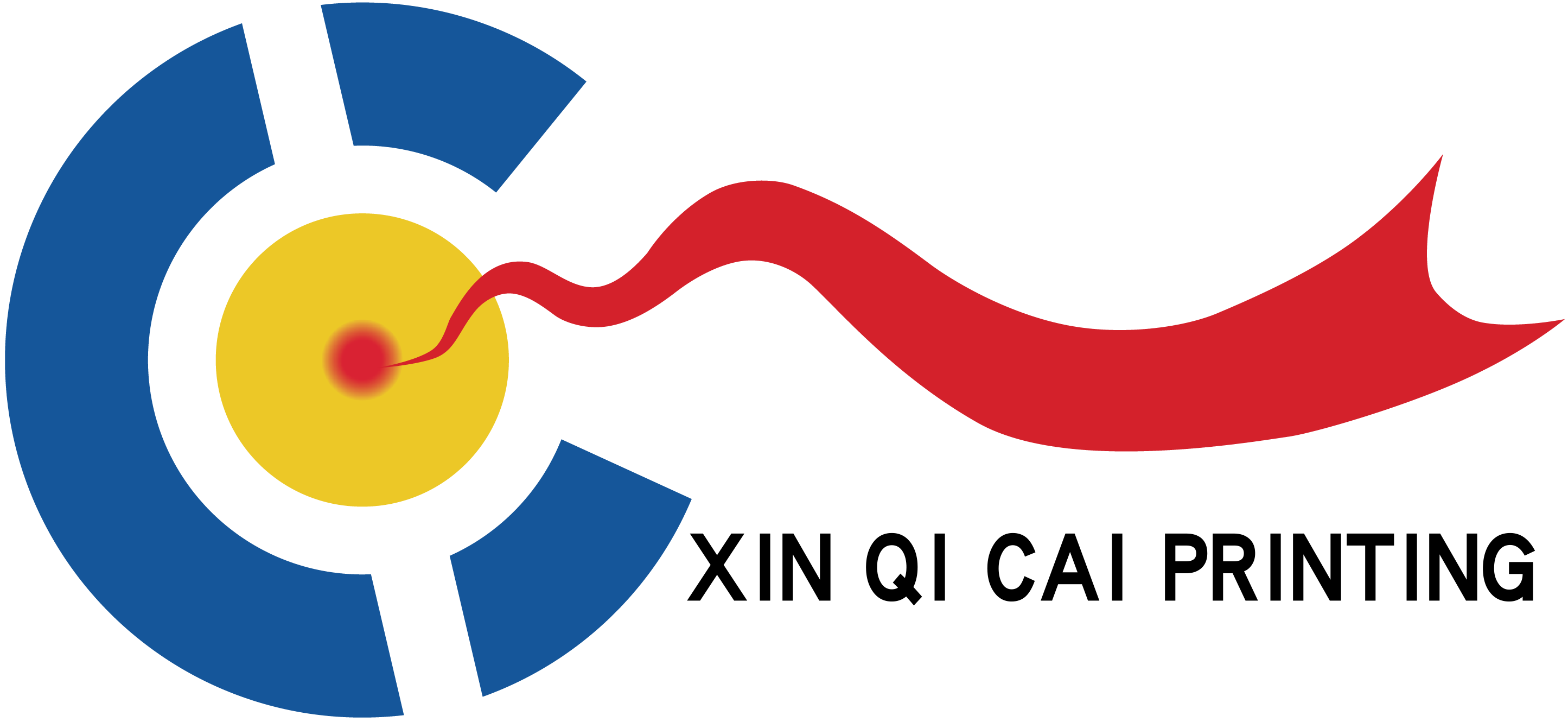Hardcover Book Printing Craft Refined, Cultural Carrier Value Upgraded Again
Through the refinement of processes such as thread-sewn binding, cover hot stamping, and special paper binding, hardcover book printing has achieved dual breakthroughs in texture and durability in the fields of ancient book reproduction, art albums, and classic masterpieces.
Aug 20,2025

As the "high-end representative" in the form of books, the printing technology of hardcover books is redefining the value of cultural carriers through the integration of traditional techniques and modern technology, opening up a unique space for survival and development in the era of digital reading.
The refinement of production technology is reflected in the pursuit of ultimate details. The book block binding adopts the "thread-sewn binding" process. Every 32 pages are a signature, bound with cotton thread in a cross pattern, and then coated with environmental protection glue for reinforcement, so that the book can be spread 180 degrees without pages falling off, and the number of turns is more than 1000 times, far exceeding the 300 times of paperback books. The cover production is the core of concentrated display of craftsmanship: cloth-bound hardcover books use pure cotton canvas and cardboard composite, forming 0.5mm deep three-dimensional patterns through hot pressing; leather-bound hardcover books use top-layer cowhide, which is manually polished and then the metal foil is pressed on the leather surface at 60℃ with a bronzing machine, with a pattern clarity of 0.05mm and no fading for 20 years. The spine part innovatively adopts a "round spine" design, with a uniform radian (radius error ≤1mm) through a special grooving process, which not only improves the grip comfort but also avoids deformation caused by long-term storage.
In application fields, the cultural attributes of hardcover books have become increasingly prominent. Ancient book reproduction hardcover books use rice paper printing, thread-bound ancient book format, and are matched with camphor wood book boxes to prevent moisture and insects, becoming the first choice of libraries and collectors; art albums restore the texture of paintings through 12-color printing technology, and the cover uses acrylic and metal splicing technology, making albums such as "Selected Dunhuang Murals" both ornamental and collectible, with a premium rate of 50%. The hardcover version of classic literary masterpieces pays more attention to the reader's experience. The inner pages are made of 80g pure paper (with a reflectivity 30% lower than that of ordinary paper), with a ribbon bookmark and rounded corner cutting, which is not easy to fatigue during long-term reading. The annual sales of the "classic re-reading" series of hardcover books of a publishing house increased by 200%.
Technological development has promoted the rejuvenation of traditional crafts. 3D scanning technology is used for the reproduction of ancient book cover patterns with an accuracy of 0.01mm, and then mass production is realized through CNC engraving machines; digital bronzing plates replace traditional copper plates, shortening the pattern modification cycle from 7 days to 24 hours, and reducing the cost of small-batch customization by 60%. In terms of environmental protection, the popularization of water-based inks and plant-based adhesives has reduced the VOCs emission of hardcover books by 80%, meeting international green printing standards.
PREVIOUS:





